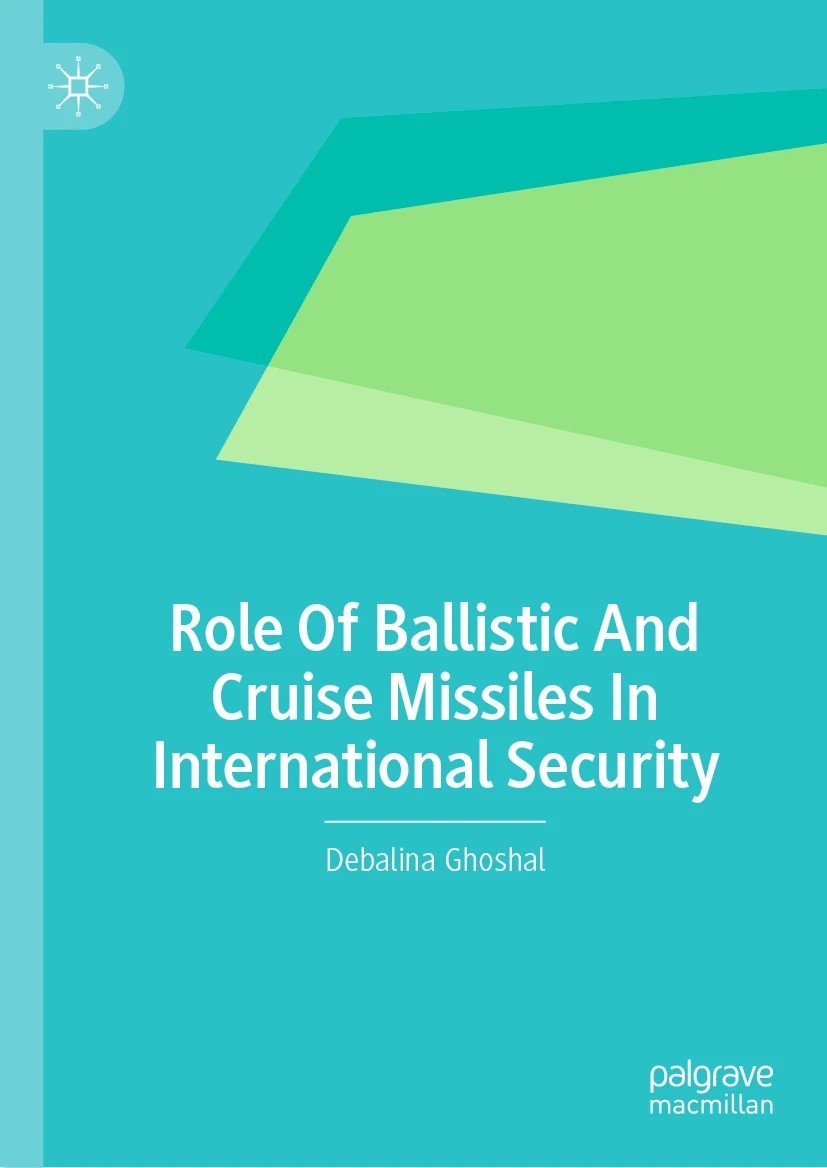Ballistic and cruise missiles provide a country advantages that go far beyond combat capabilities. They increase status and prestige, support the pursuit of foreign policy objectives, and create psychological and terror factors, which might be politely termed “deterrence”. Missiles form the backbone of nuclear deterrence strategies for nuclear weapons powers. They are also crucial to deterrence for conventionally armed missile-capable states.
But it is also well established that such weaponry contributes to the “security dilemma” – prompting neighbours to progress their own capability in turn. When an escalatory cycle takes hold, the chances for disarmament are limited or even non-existent.
In my recent book, Role of Ballistic and Cruise Missiles in International Security, I outline the opportunities and the limitations for disarmament drawing on previous experience, lessons that will only become more relevant as tensions continue to rise and more countries seek to enhance their military arsenals.

Coercion is a tactic that has had success. Not with Iran or North Korea in recent times, but it can be readily forgotten that pressure via sanctions worked to help eliminate Libya’s missile development program. Even so, that achievement was qualified – any country that reaches a certain point in the development of a weapons program will continue to have to have the technological know-how to resurrect it in the future. Establishing trust remains a sticking point. And as North Korea has demonstrated through various claims to be developing a space program, the dual-use prospects of research into rockets can be a guise used to develop missile capabilities.
Forging agreement for partial limitation of missile capabilities is another opportunity, if not for disarmament, at least for limiting the potential escalation. Saudi Arabia, for example, purchased Chinese-made nuclear capable DF-21 ballistic missiles in a modified version that reportedly limited them to carrying conventional warheads. Riyadh and Beijing are said to have continued missile development.
A further option is technological. “Defence by denial” weapons systems could devalue the deterrent capability of offensive weapon capabilities. The jargon might be dense, but a layered missile defence system with credible multiple kill vehicles (MKV) or multiple object kill vehicles (MOKVs) that could destroy Multiple Re-entry Vehicles (MRVs) and Multiple Independently Targetable Re-entry Vehicles (MIRVs) can rob the teeth of a rival system. In other words, the aim is to neuter the missile threat – but, of course, relying on such technological advancements carries its own risks, with missiles developed with survivability mechanisms.
And when it comes to forging an agreed reduction in missile capabilities via diplomacy, there are always the complexities of verification. Countries tend to only enter an arms control process when they have deterrent capability to replace the present capability built up. The United States, for instance, gave up on ground-launched cruise missiles in the Intermediate Range Nuclear Forces (INF) Treaty, but maintained the sea-launched cruise missile capability.
Arms control measures can foster trust. Such agreements can even reduce the quantitative and qualitative advantage of particular weapons systems. Establishing peace zones and agreeing to follow a policy to “induct only” by replacing old missiles with new missiles can help, keeping in mind that new missiles can be more capable than the missiles replaced.
But such agreements may not necessarily prevent wars. A reduction of missile capabilities can put more focus on modern generation bombers and fighter jets. Indeed, given that it is the missile capabilities that provide stand-off capabilities, reducing missile numbers could lead to destabilising scenarios where countries seek to adopt aerial-based delivery systems to add strength to “first-use” or “first-strike” capabilities. Again, nothing is without complication in arms control processes.
It returns to a question of judgement. Whether a country chooses to arm itself with missile capabilities will be based on threat perceptions and its perceived strength to mitigate dangers. In the absence of credible diplomatic means to secure its environment, credible hard power capabilities are attractive. Missile development is seen as integral. And so, the dilemma remains.

